The 50 Best Asian Movies of 2015
41. Bakuman (Hitoshi One, 2015)
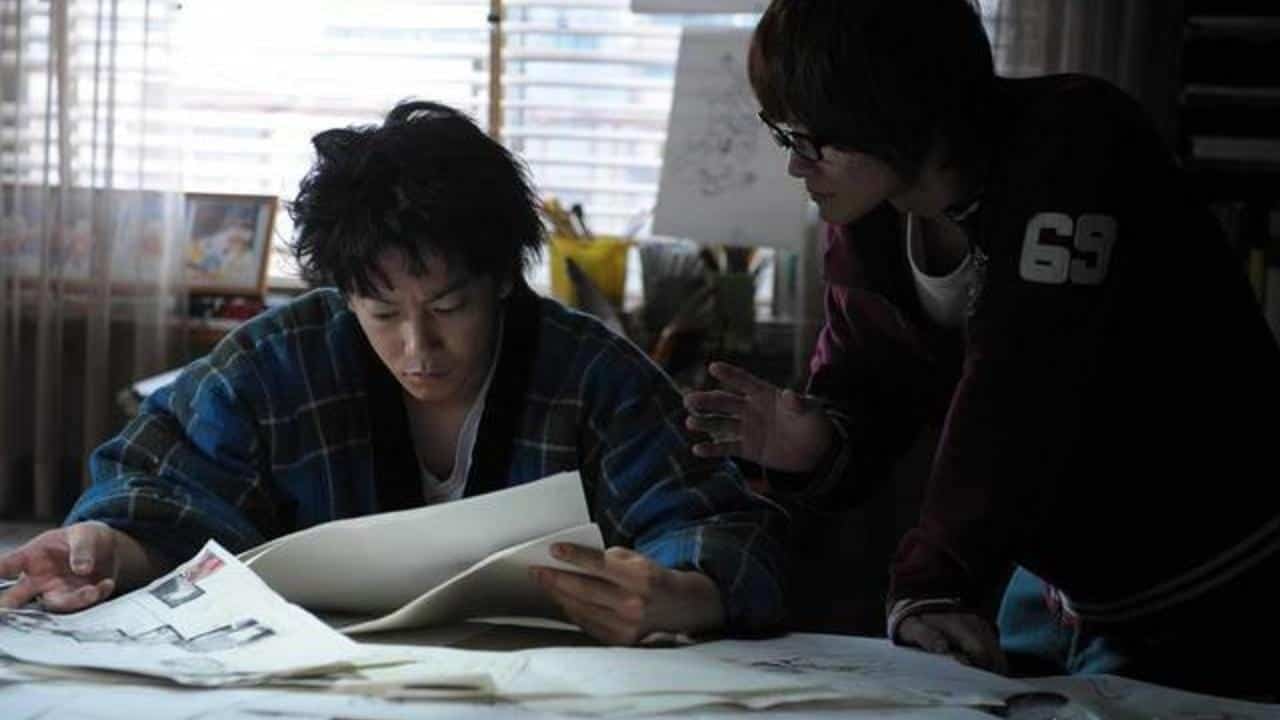
The film’s dynamics and characters are the same that make Shonen stories compelling: high aspirations, friendship against adversities, success achieved through hard work and team spirit. The inevitable “meta-narrative” of a manga about two mangakas that create a manga (plus the fact that Bakuman’s manga authors, are two, Takeshi Obata and Tsugumi Ohba) turns the movie into an intriguing matryoshka and Takeru Sato and Ryunosuke Kamiki are incredibly similar to their ink alter-egos. The addition of Lily Franky and some creative CGI effects complete the enjoyment and make “Bakuman” an adaptation with an extra gear and a fond tribute to a very peculiar aspect of Japanese popular culture, which, besides being one of the most important publishing sectors, has deep roots in the heart of a vast fan-base that goes beyond age and social status. (Adriana Rosati)
Buy This Title
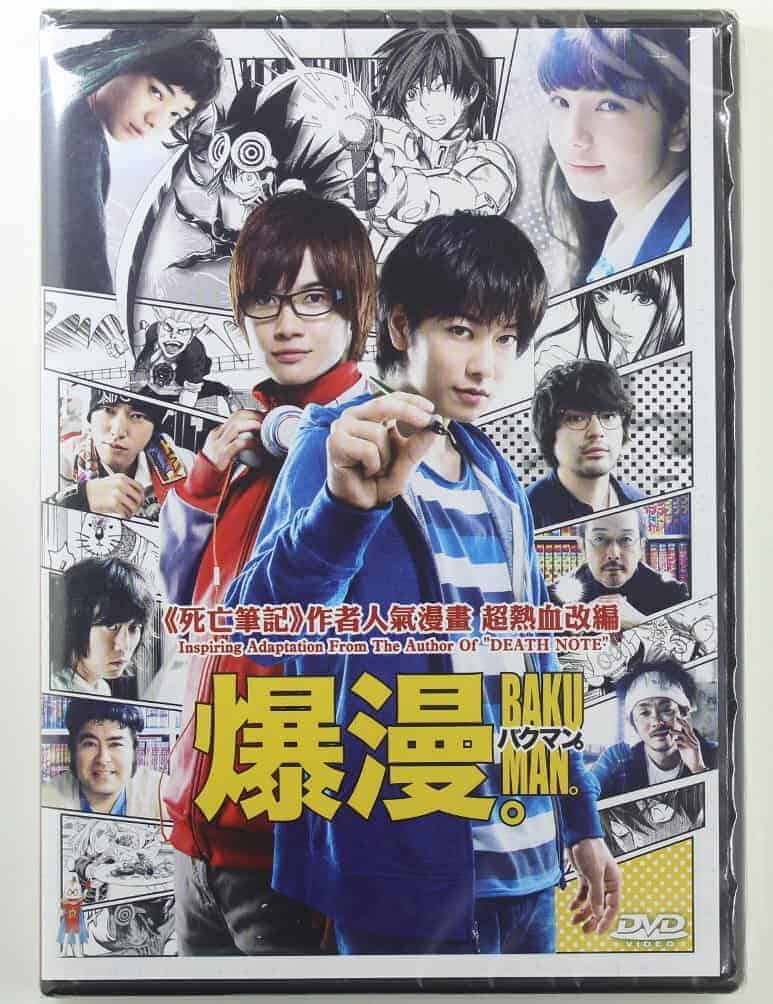
42. Obon Brothers (Akira Ohsaki, Japan)

Shot in black and white and featuring a rising Kiyohiko Shibukawa in the lead role, Akira Ohsaki’s “Obon Brothers” has a lot in common with Hirobumi Watanabe’s “And the Mud Ship Sails Away…” (2013). It also has a lot in common with Ohsaki’s own life. His second feature, it follows one-time film director, Takashi (Shibukawa), who uses his brother’s colon cancer as an excuse to put his life on hold, halting his weak scripts and failing marriage to act as his brother’s caretaker in his home town. As Takashi’s life starts to unfold, those around him grow tired of his dive into the abyss of alcohol and self-pity. He rejects opportunities in hope of his old life returning. But it won’t. With long takes of harsh dialogue, this is a semi-autobiographical slice of realism, with life lessons, laughs and an artificial anus.
43. The Case of Hana and Alice (Shunji Iwai, Japan)

Shunji Iwai is a director who loves whimsical films with a warm, comforting aesthetic, and “The Case of Hana and Alice” is no exception, despite being his first animated feature. A director who likes to repeat themes and storylines, this is a prequal to the decade-earlier “Hana and Alice,” (2004) showing the origin story of the two friends. Using rotoscope, this has a unique feel, not like a typical anime, with Iwai’s usual focus on soundtrack and dance from his music video career. This has a lot of themes you’d expect from a teen coming-of-age drama, and so is a more universally likeable film from Iwai, who can at times enrapture and irritate in equal measure. This suggests his style is perhaps suited to animation. (Andrew Thayne)

44. Dryads in Snow Valley (Shigeru Kobayashi, Japan)
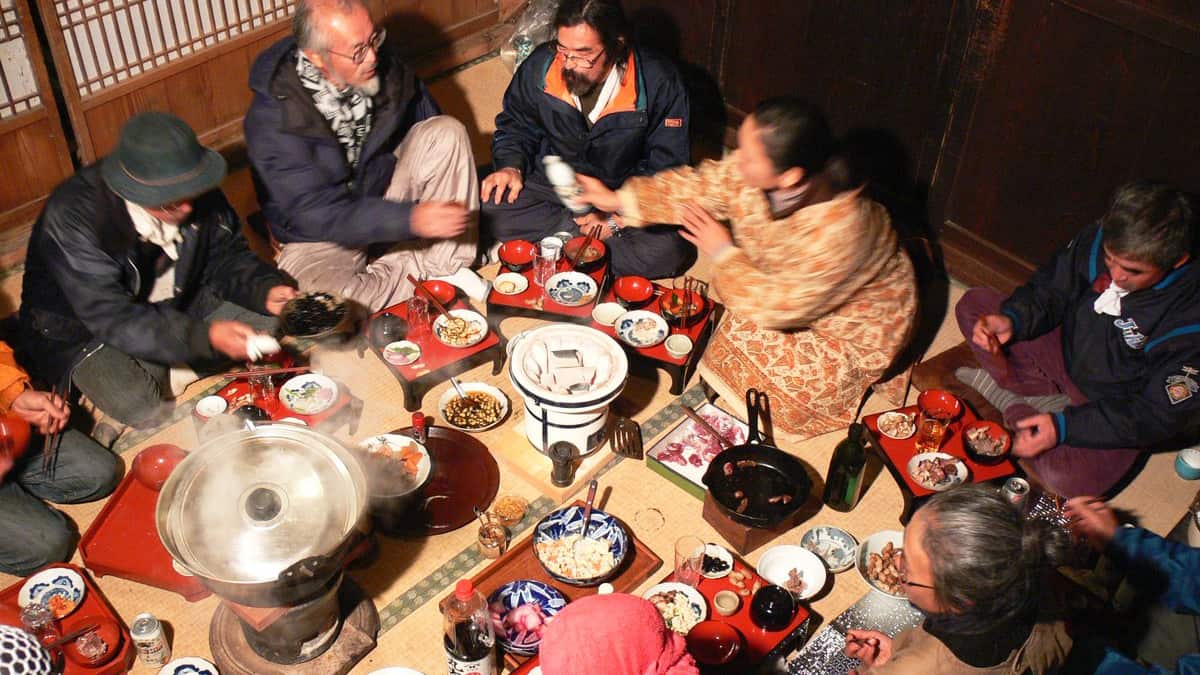
Kobayashi has obviously gained the trust of his “subjects” as we see him following them quite closely, frequently inside their own homes, while their thoughts and feelings are eloquently portrayed on camera. DP Hirotaka Matsune captures both the hardships and the beauties of the area with artistry. Regarding Takeshi Hata’s editing, the change between the seasons works quite well, but the repetition of an everyday life that is not exactly astonishing becomes a bit tiring after a fashion, and some trimming from the 99 minutes of the film’s duration would definitely benefit it. (Panos Kotzathanasis)
45. Ken And Kazu (Hiroshi Shoji, Japan)
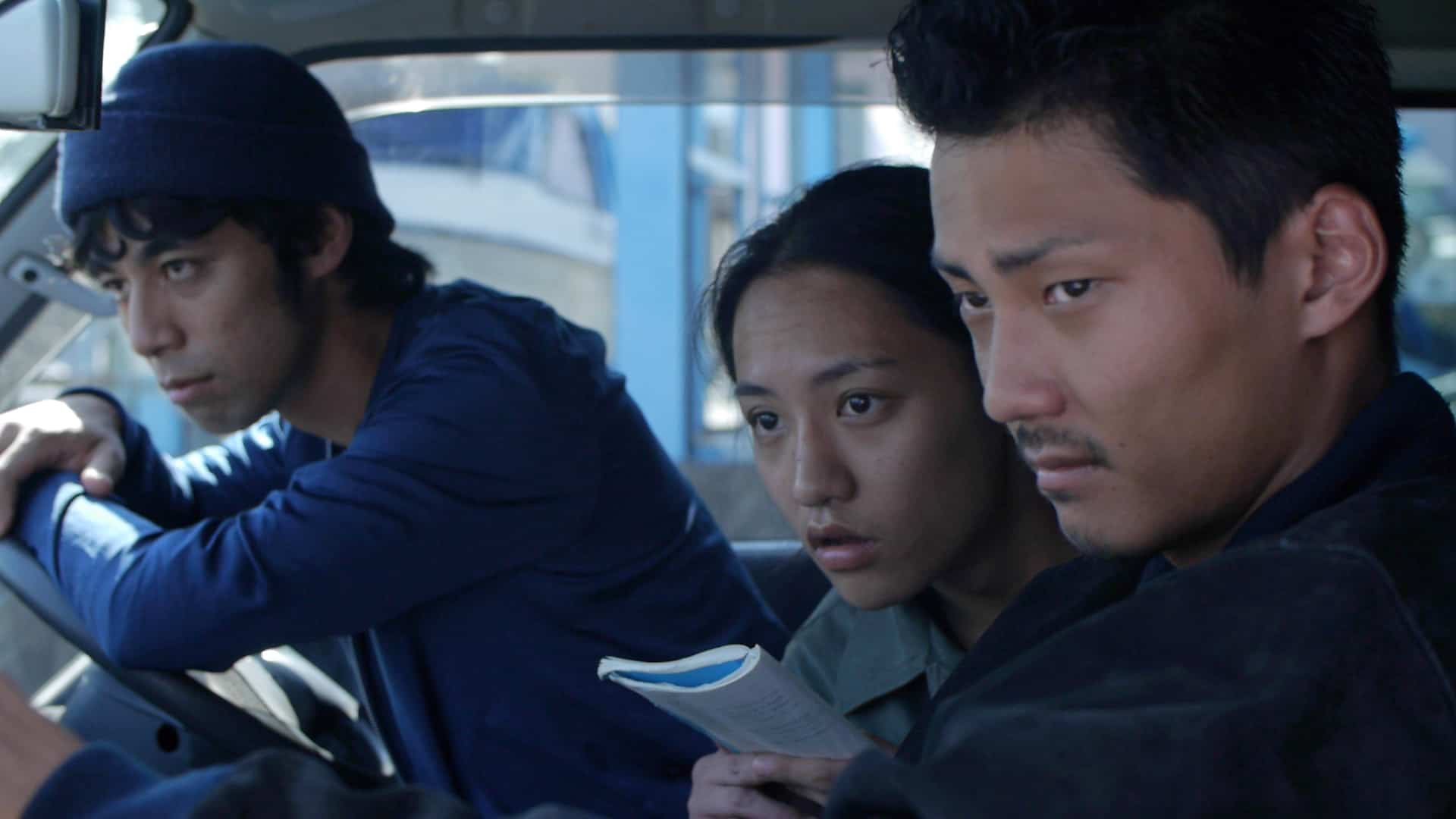
Hiroshi directs a film that depicts the lives of the lower Yakuza in completely realistic fashion, without any notions of grandeur. The protagonists are misfits, living in a place where hope is nowhere to be found, and turn to crime as the sole solution they can find to their financial problems. However, their choice does not mean their lives get actually better, since their basis is so low, that even the best way out is a dead end for them. This applies particularly to Kazu, who, as the story progresses, is proven to have been a victim of abuse by his now senile mother, who keeps pestering him about his father who is long since gone. In that fashion, his predilection for violence is somewhat justified, but Shoji does not let it in any way be excused, as he presents a character who is willing to step even on his best friend in order to achieve his goals. (Panos Kotzathanasis)
“Ken and Kazu” is streaming on SAKKA FILMS

46. Bajirao Mastani (Sanjay Leela Bhansali, India)
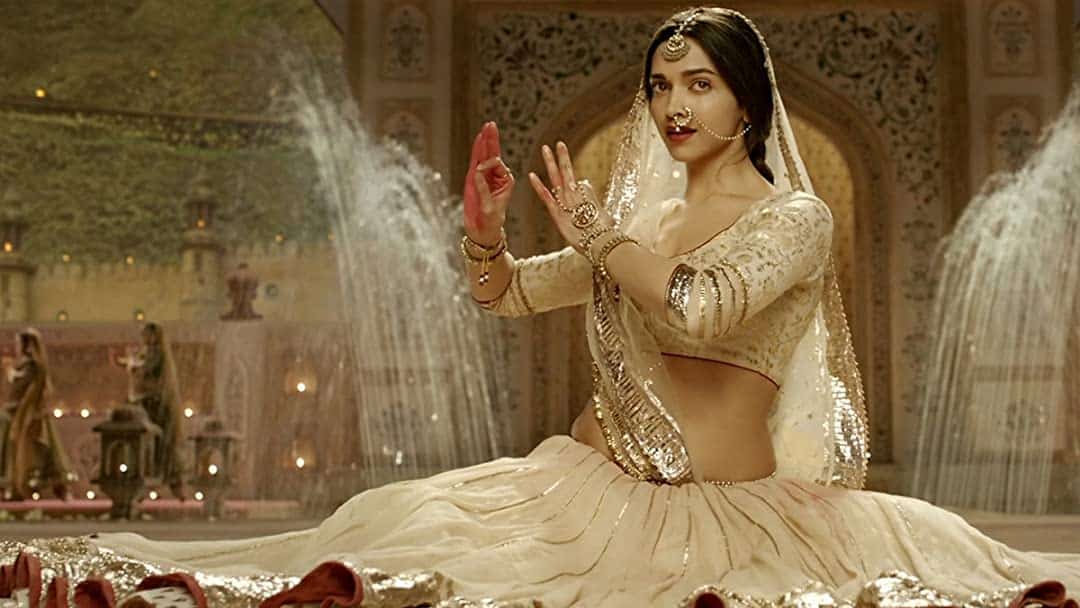
Sanjay Bhansali’s labour of love is a triumphant spectacle that is a marvel on screen and a sight to behold. Rarely has a film achieved on all fronts in the art and production department as much as “Bajirao Mastani” does. A bright ruby that will always shine in the annals of world cinema. (Leon Overee)

47. A Copy of My Mind (Joko Anwar, Indonesia)

Joko Anwar directs a film that cruises through the genres, as it begins like a realistic drama, then becomes a romance and eventually a thriller with political elements. Furthermore, his distinct sense of humor is always present, and exemplified in scenes like the one with the gay porn. Apart from that, the movie features much less violence than his previous works (“The Forbidden Door” for example), although it is not completely absent. The political message is quite poignant and derives from the concept of the crime lord and her dealings with the authorities, in a segment that is largely based on true events. (Panos Kotzathanasis)
48. Port of Call (Philip Yung, Hong Kong)
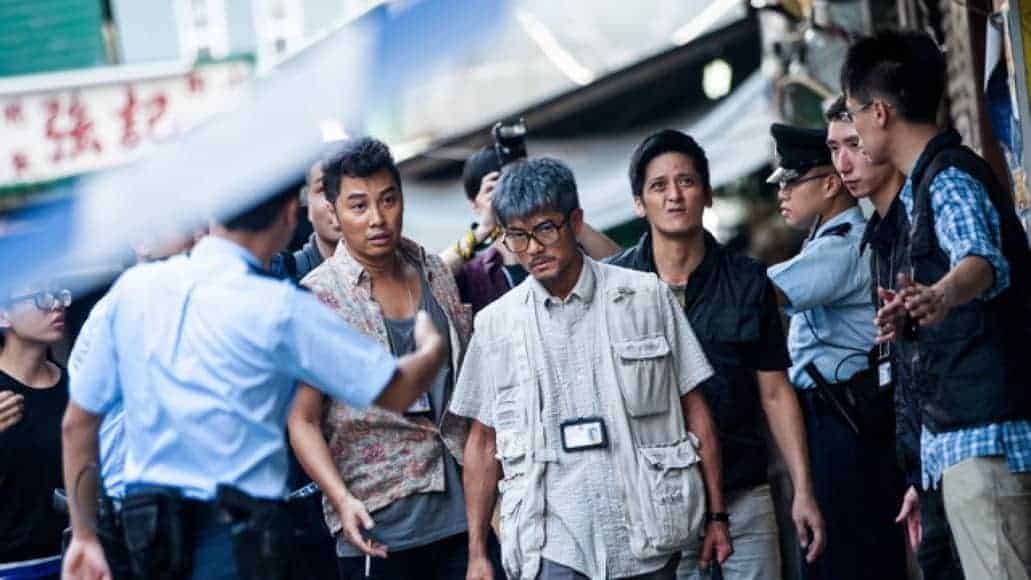
Philip Yung uses the murder case, which is eventually portrayed in the most grotesque detail (which is what earned the film a CAT III classification), in order to present a character study about the three protagonists of the story. Surprisingly, the main focus seems to be on Wang Jiamei, and particularly the reasons that led her to prostitution and her subsequent death wish. Gorgeous Jessie Li, in her feature debut, presents a character that seems completely detached from the “real” world, and is quite frustrated with the financial and social status of her family, and is willing to do anything to change her circumstances. The scene where she buys the earrings is a testament to the fact that she just wants pretty, expensive things, although the reasons for wishing to die are much more complex and have to do with the luck of purpose and orientation youths experience in Hong Kong, although in an extreme approach.

49. Wanton Mee (Eric Khoo, Singapore)
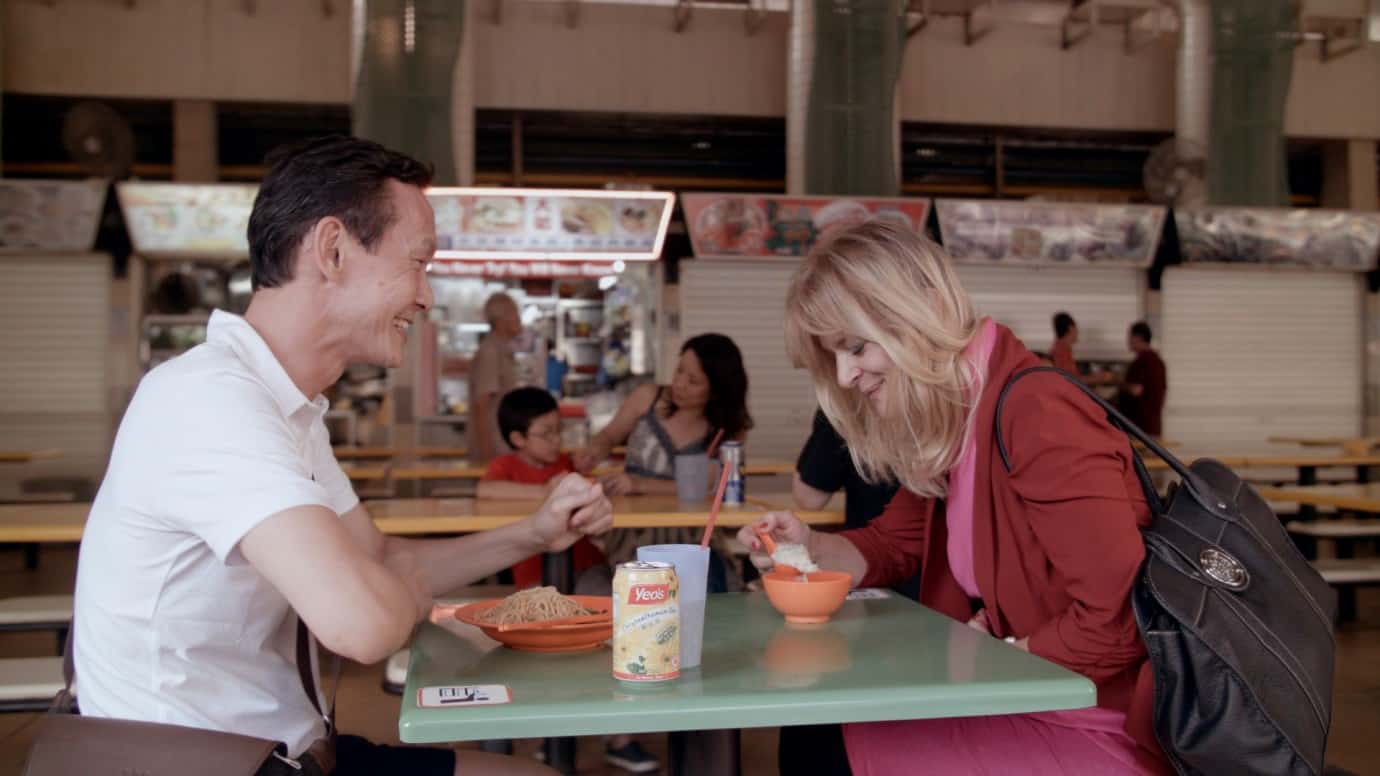
As I stated in the prologue, Eric Khoo directs a film that unfolds in two, interweaving axes, one dramatic and one documentary-like, with the dichotomy being quite obvious. The dramatic part revolves around Koh’s struggle to cope with all the changes that are happening around him, and the way his interaction with technology, Claire and the stall owners change his opinions on the theme of tradition versus progress. His dilemma of if to embrace change or stay with what he knows becomes quite evident through his interviews, almost all of which feature questions regarding whether to keep tradition and pass it on to the next generation. Khoo’s answer to this dilemma is the same one he presented in “Recipe“, that tradition is to be kept and followed, but the addition of new elements is equally necessary. (Panos Kotzathanasis)
50. Inside Men (Woo Min-ho, 2015)

Woo Min-ho makes a clear comment regarding corruption in the country, and the connection of the judiciary with the press and the politicians. He paints all the individuals of the aforementioned institutions with the darkest colours. To the point that even a mob man like An Sang-goo, looks honest and good in comparison. This depiction stretches beyond their corruption, as they are also presented as sexual deviants. (Panos Kotzathanasis)
Watch This Title
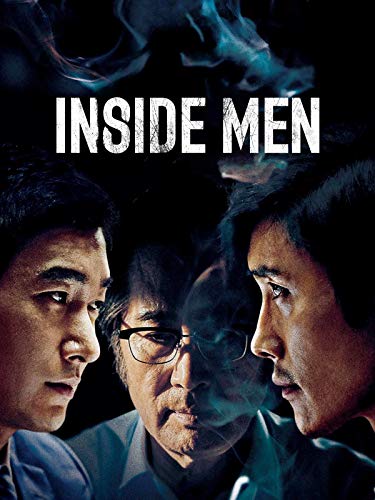







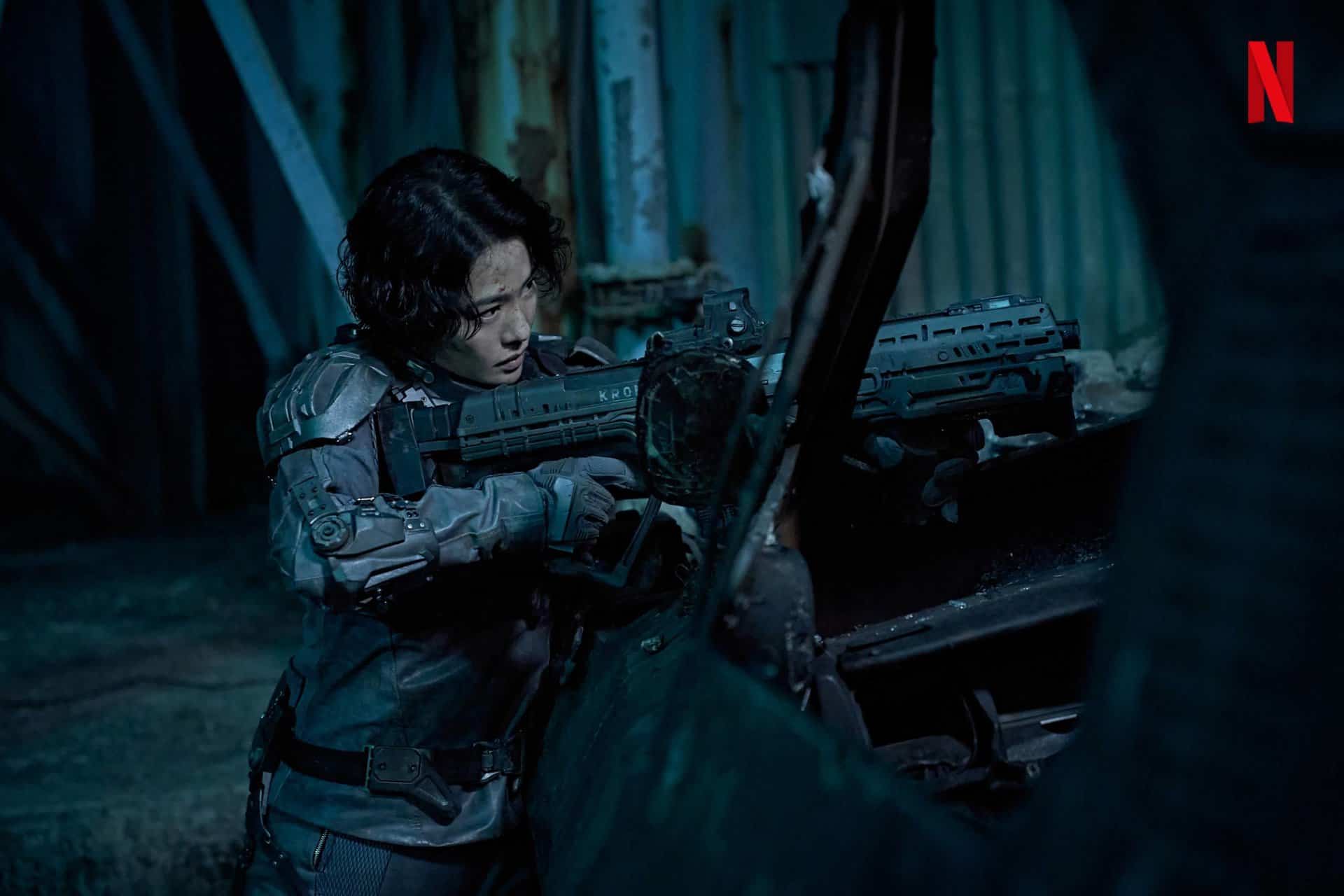






Watched Assassin the other day… really wasnt impressed :-(